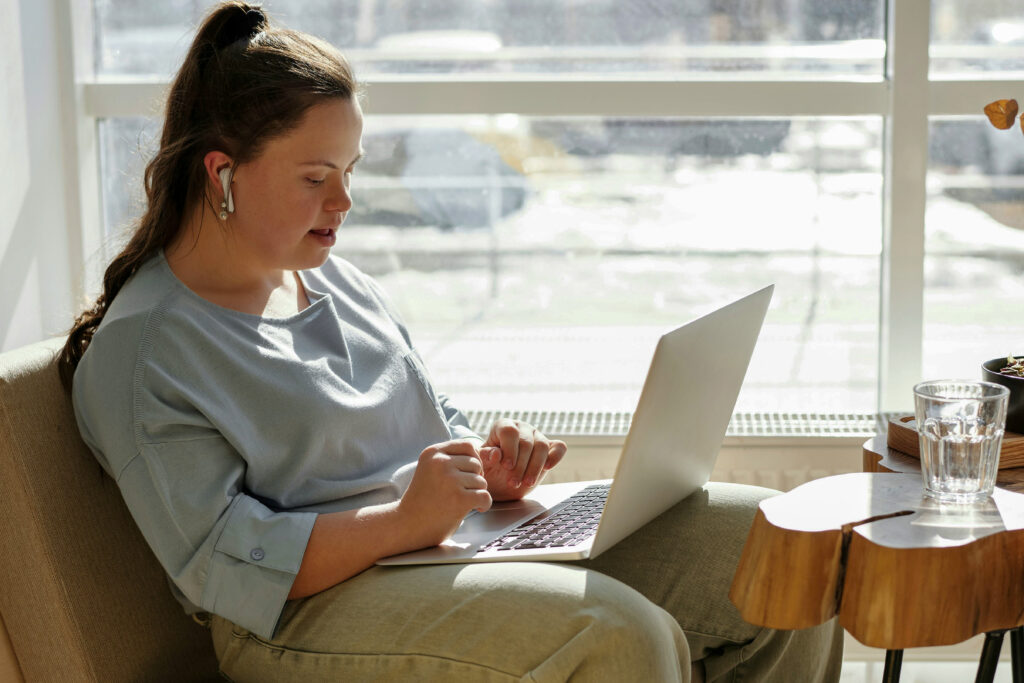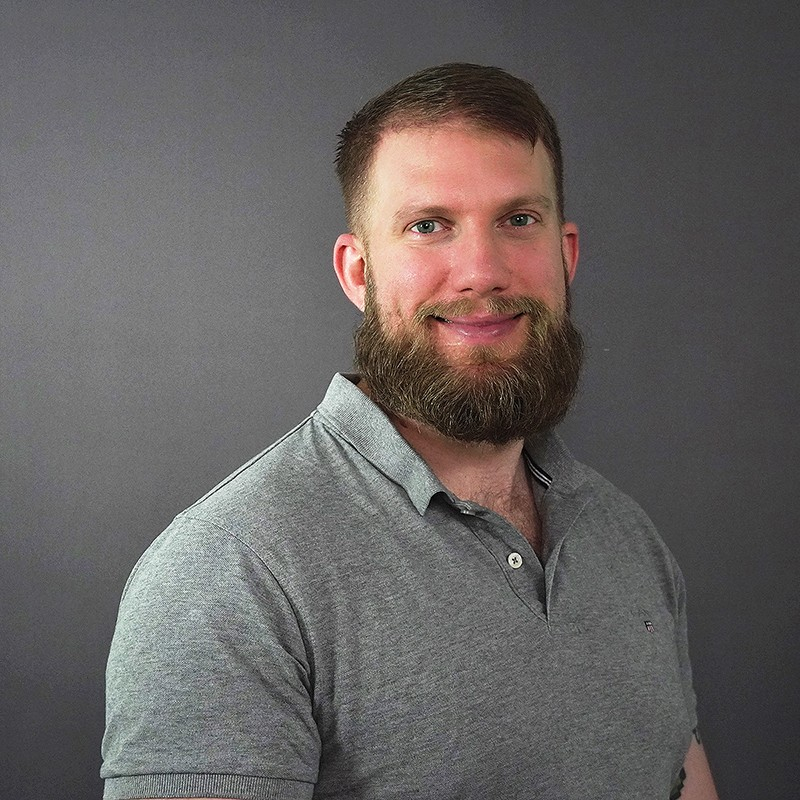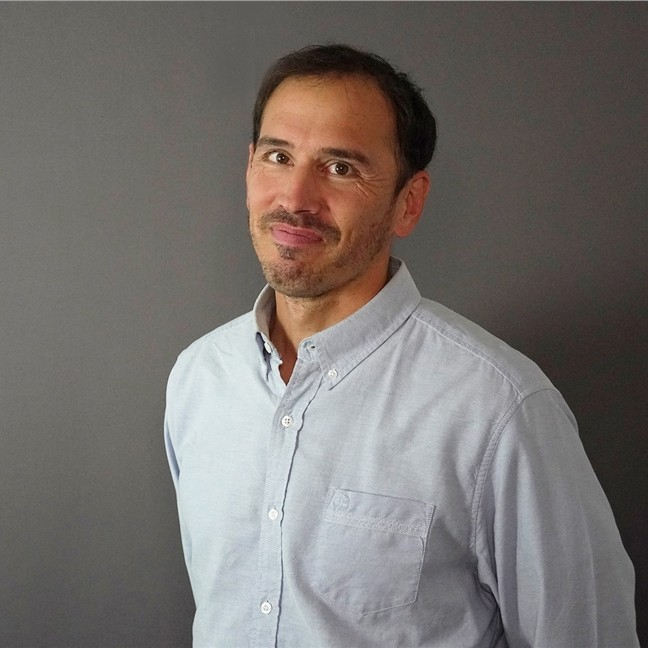A resource bank for disability simulation
- Department Applied research in information and communication technology
- Fields involved Digital inclusion
- Industries involved Community
We are developing a publicly accessible digital resource bank to support the creation of universally designed products, software and services. This toolbox will offer recommendations and guides for simulating various disabilities, serving both developers and non-technical professionals. By expanding knowledge of universal design principles, we aim to facilitate the development of accessible and user-friendly products and services for a diverse audience.

User-centered Universal Design
Universal design is both a goal and a process, with the objective of creating accessible products, services, software and environments that can be used as many people as possible, regardless of age, ability, or background. However, developing universally designed products and services presents challenges, as many development and design environments are hesitant to recruit users for testing. This project seeks to bridge this gap by facilitating more user-centered design practices.
A toolbox for simulating disabilities
Our goal is to establish a publicly accessible digital resource bank that provides equipment recommendations and helpful guides for simulating various disabilities. This toolbox will be available on a dedicated website, enabling consideration of universal design from the outset of a design process and supporting the development of accessible, user-friendly solutions for individuals with reduced functional ability.
Although the project primarily targets Norwegian development environments, we envision the resources being widely used to increase awareness of various disabilities. The resource bank is designed to be useful not only for developers, but also for professionals in other roles, such as designers, purchasers, service providers, and leaders in both public and private sectors.

A user-tested resource bank for Universal Design
In collaboration with The Norwegian Federation of Organisations of Persons with Disabilities (FFO) and their affiliated organisations, we are committed to developing recommendations that have been tested and verified by user groups, ensuring an effective and reliable toolbox for universal design.
To learn more about this project, please contact:
Project: Simulation of human impairments
Partner: The Norwegian Federation of Organisations of Persons with Disabilities (FFO)
Funding: Foundation Dam
Period: 2024-2025

